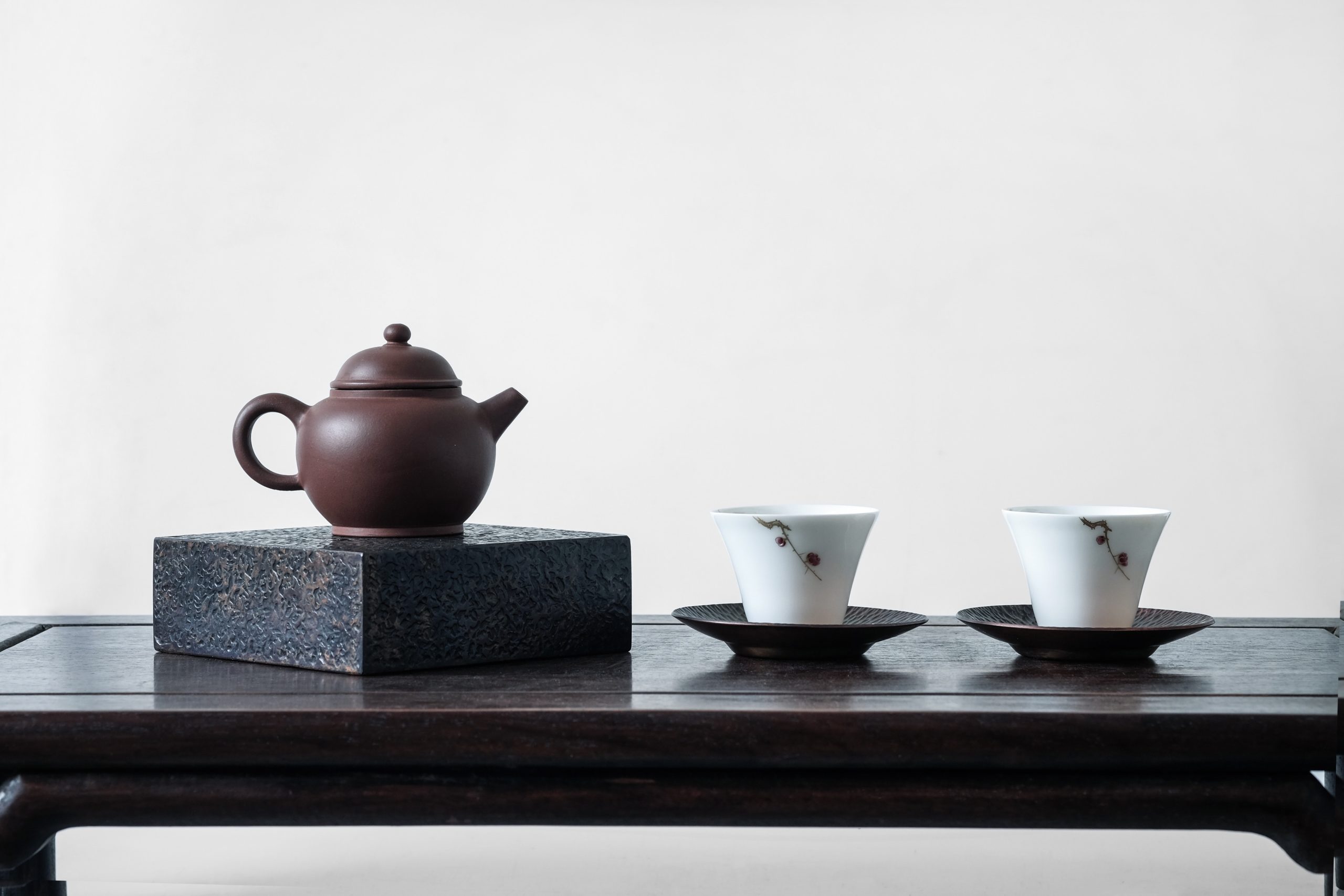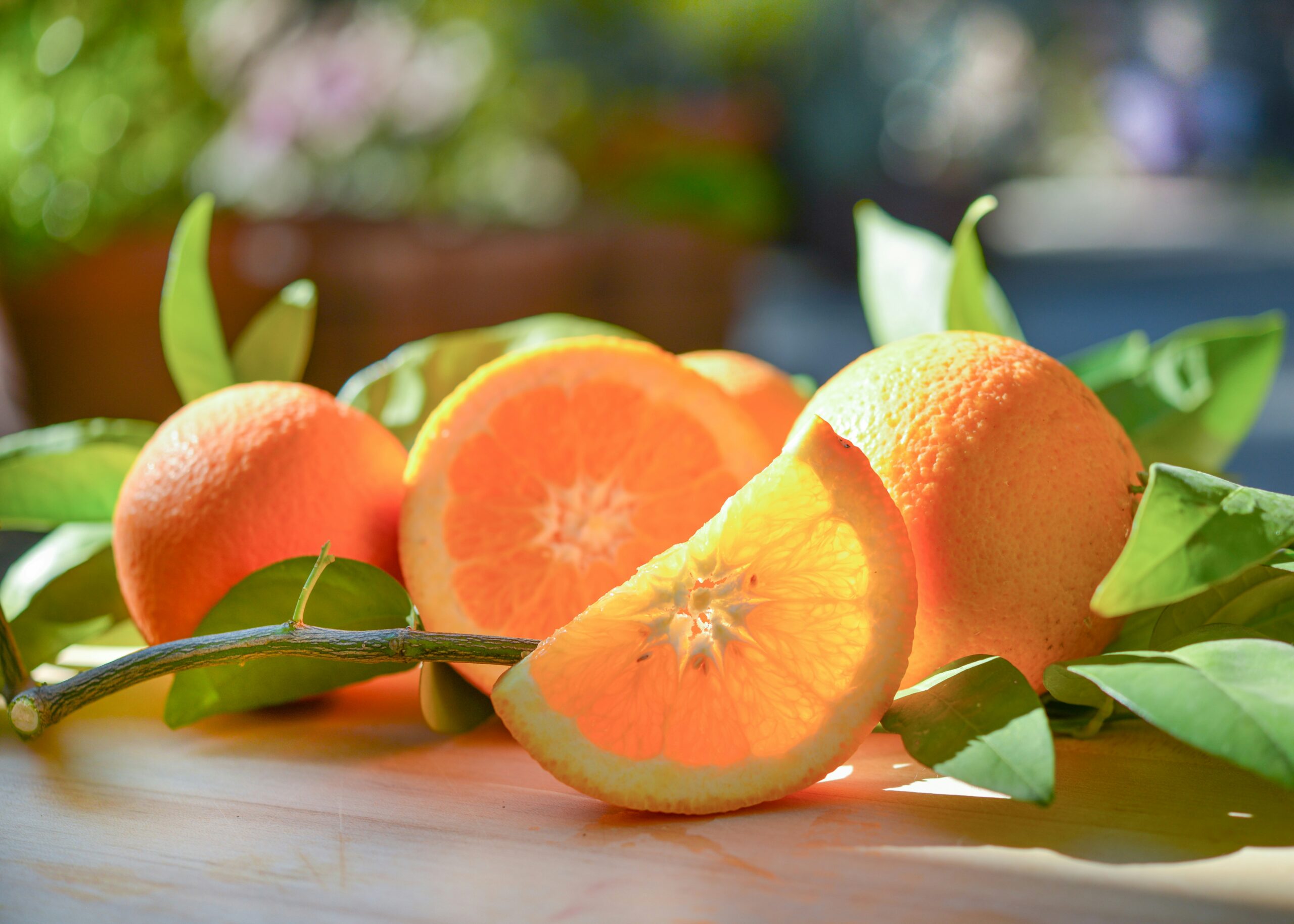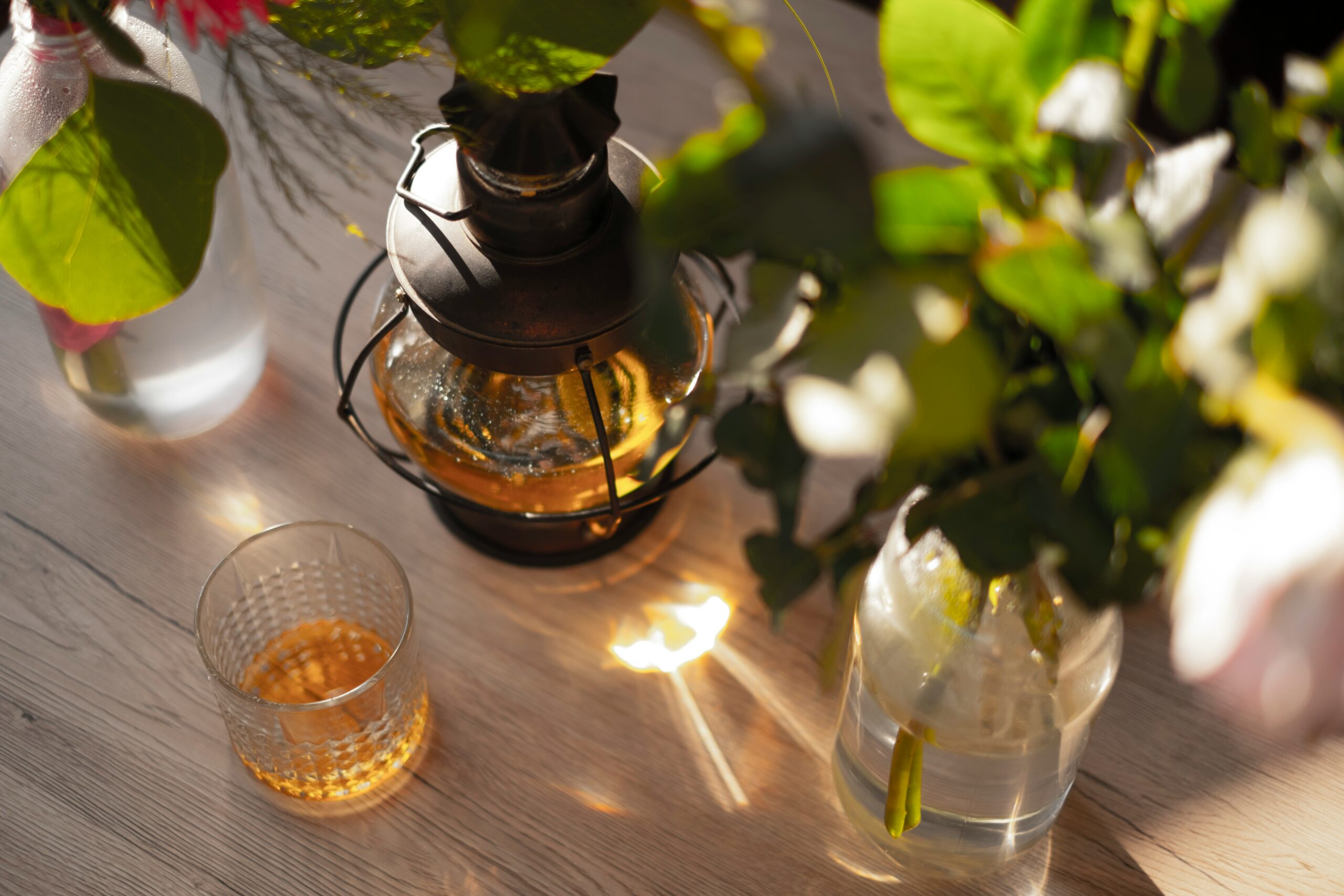Quite Rare? I Tried Making Fresh Hibiscus Tea
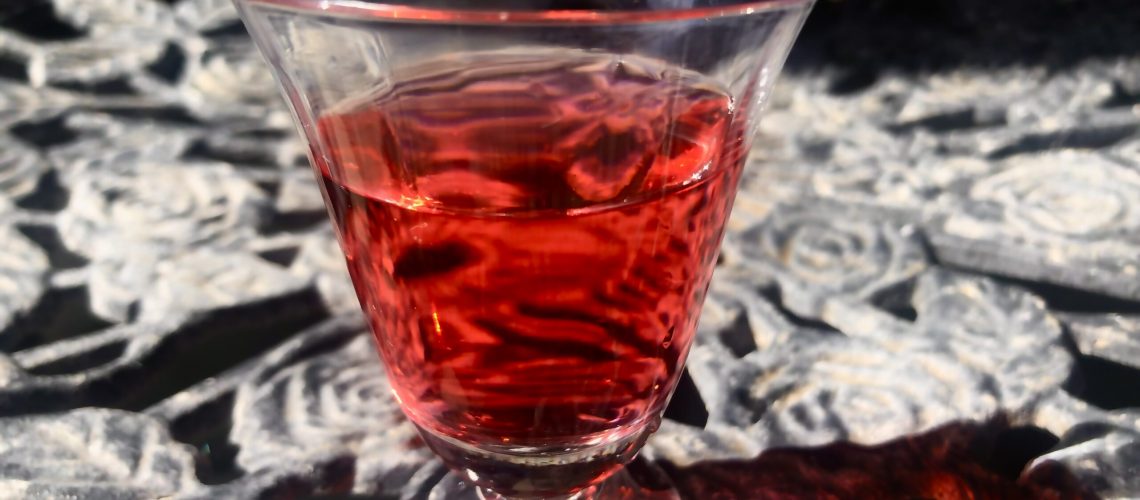
Have you ever had fresh hibiscus tea?
While many people may have tried dried hibiscus tea, fresh hibiscus is quite rare.
If you haven’t read our previous article about the raw materials for hibiscus tea, be sure to check it out!
I’ve received some fresh hibiscus roselle, the raw material for hibiscus tea, and I’m excited to try making fresh hibiscus tea for the first time. It’s my first time seeing and making tea from fresh hibiscus roselle, so I’m a bit nervous about how it will turn out.
Let’s give it a try!
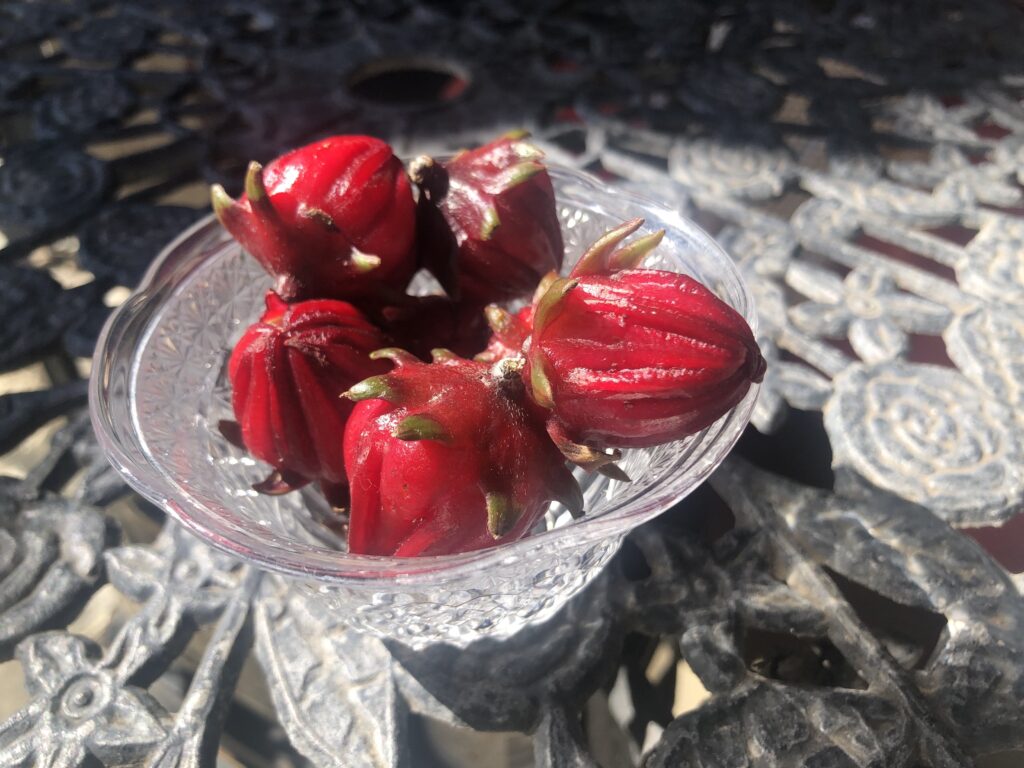
The picture above shows the calyx and bracts of the hibiscus roselle. They look like fruit, but they are actually large, swollen red calyces and bracts that enclose the seeds. They resemble small dragon fruits and are about the size of a quail egg.
Only the calyx and bracts are used for hibiscus tea, so the inner part is removed. Once removed, you’ll see the red calyx and bracts separated from the inner part, as shown in the photo below.
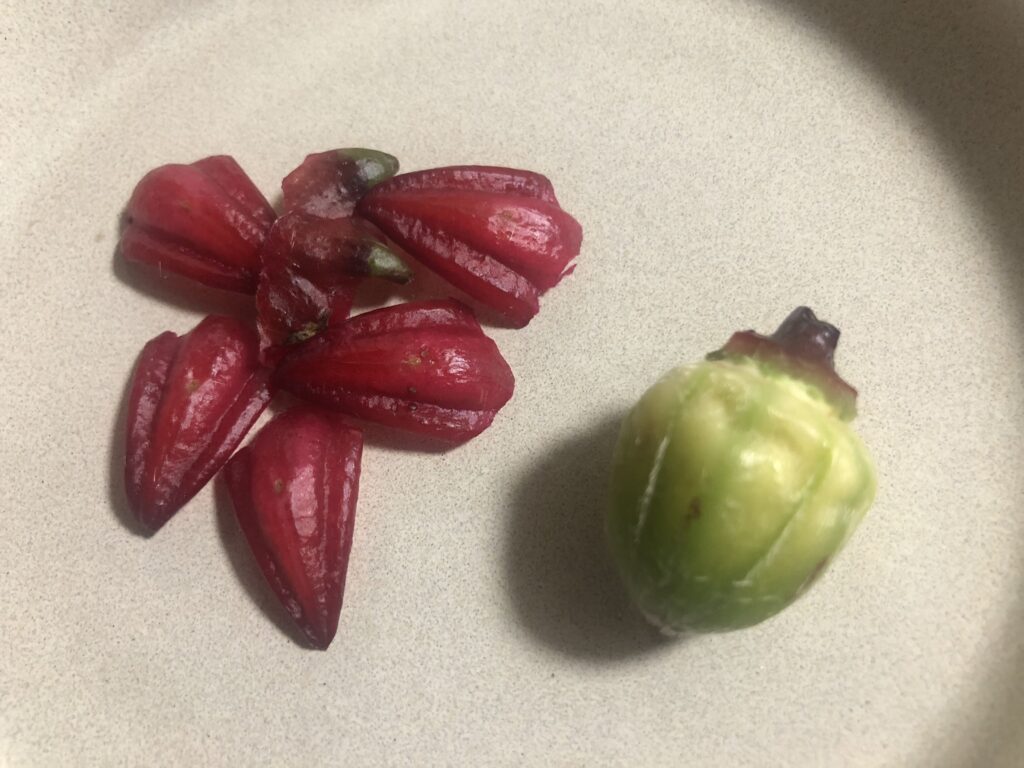
By the way, since it seems wasteful to throw away the parts we’re not using, I’m planning to dry them and try planting the seeds later. The inner part is also edible, so I took a small bite to try it. It tasted like an undercooked okra. Just because it’s edible doesn’t mean it’s tasty (laughs).
I placed the calyces and bracts in the teapot and poured hot water over them. (This time, I used 250 ml of hot water for 2 roselle calyces.) I was worried that the hot water might not extract the color since my hands didn’t turn red when removing the inner parts, but it was just an overconcern.
As soon as I poured the water, it started to color gradually, like a paintbrush being dipped in water. The photo shows the tea after about 5 minutes of steeping. It turned a deep, vibrant red.
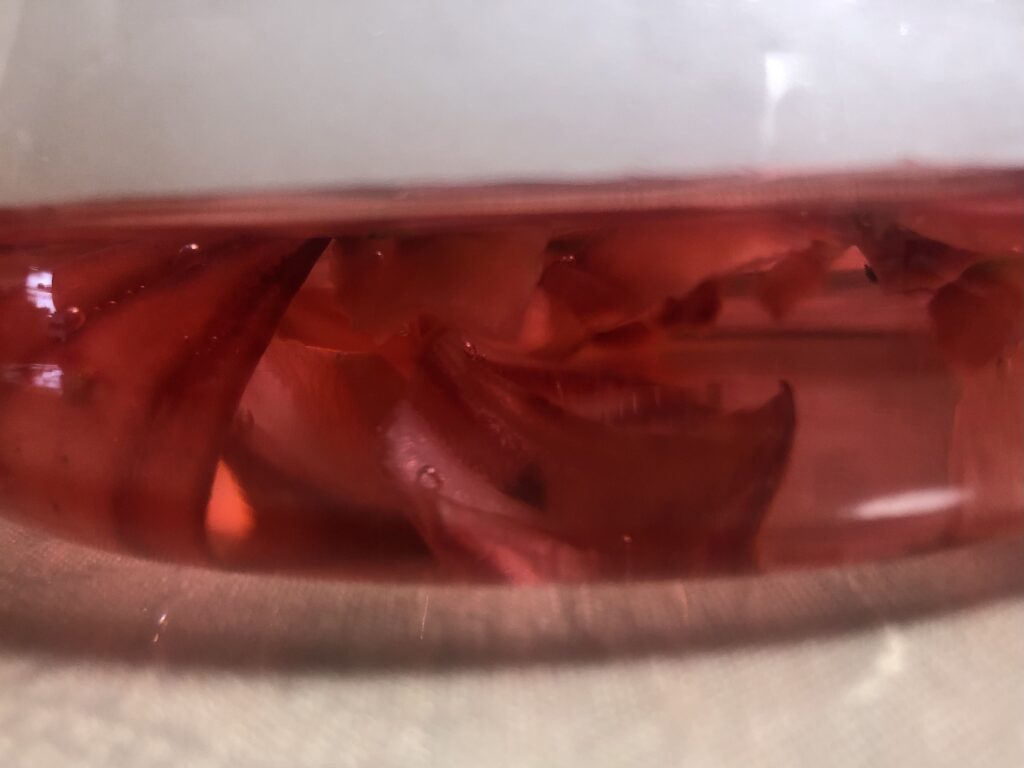
I poured it into a glass and tried it right away.
The aroma is slightly green, reminiscent of something like shiso juice. When you sip it, it’s definitely tart! But it’s not unpleasant.
It’s said that adding honey or sugar can make it easier to drink, but personally, I didn’t find it to be significantly more palatable with those additions.
I’m drinking it hot this time, but if you’re concerned about the aroma, chilling it seems to mellow the scent and make it more enjoyable.
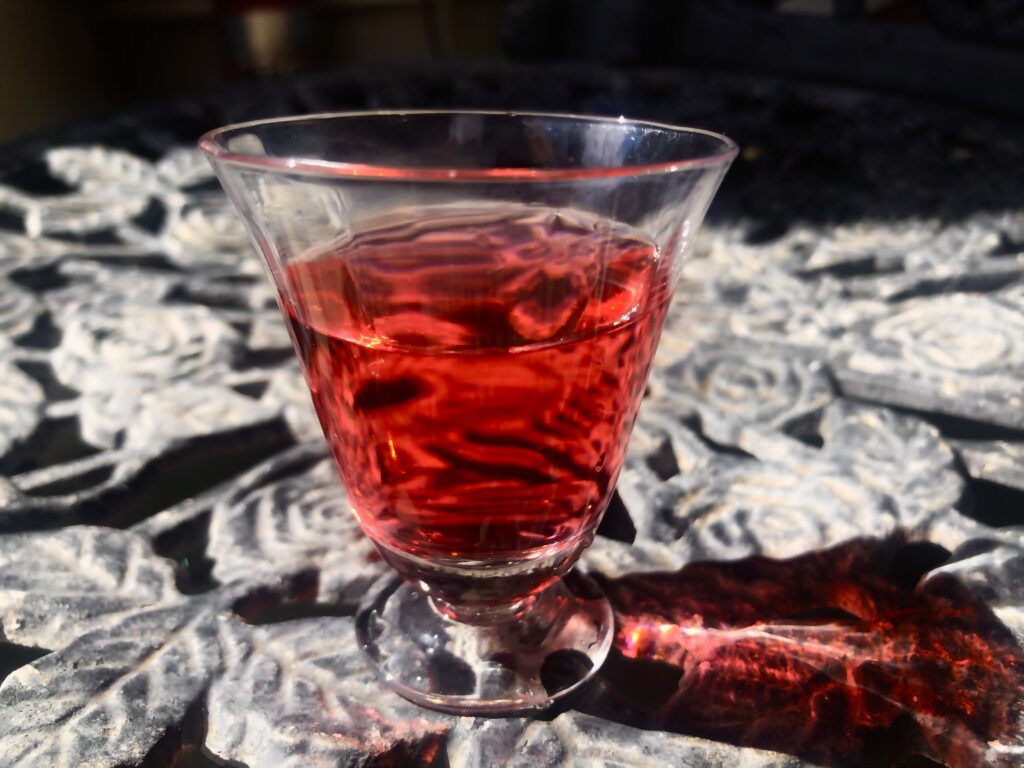
If you don’t mind sour flavors, making this tea is quite simple and offers an interesting taste experience. If you get a chance to obtain fresh hibiscus roselle, definitely give it a try! (Although, acquiring the fresh hibiscus roselle might be more challenging than making the tea itself!)
おすすめ記事
最新記事

著者情報/ teploについて

teploは「美味しいお茶を世界中に届ける」というミッションを掲げるお茶のブランドです。
お茶メディアの運営、茶葉の買付・販売、お茶の抽出機の開発・販売、飲食店にむけたお茶のメニュー開発・レシピ開発等を総合的にサポートしています。
teploのメールマガジンに登録
お茶に関する旬な情報や豆知識を漏れなく受け取りたい!そんな方は以下の登録フォームでメールアドレスをご登録ください。
teploから最新の情報をメールマガジンでお送りいたします。
(※1) プライバシーポリシーを必ずお読みいただき、ご同意の上、登録してください。
(※2) info@load-road.comおよびhello.japan@load-road.comからのメールが受信できるようにご設定ください。
